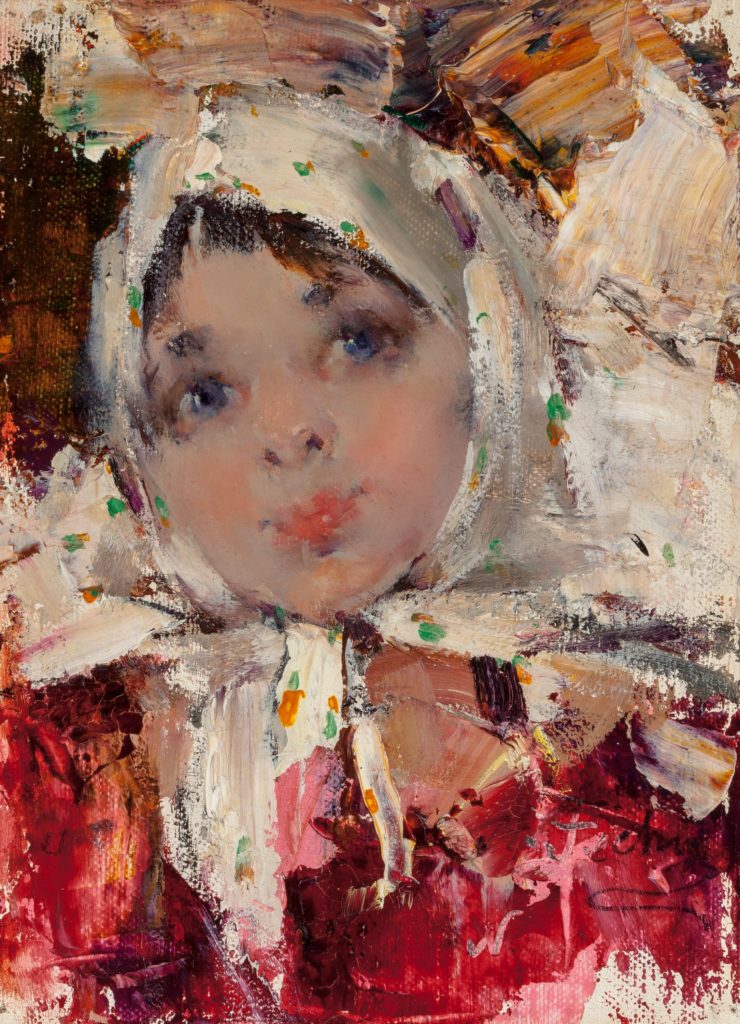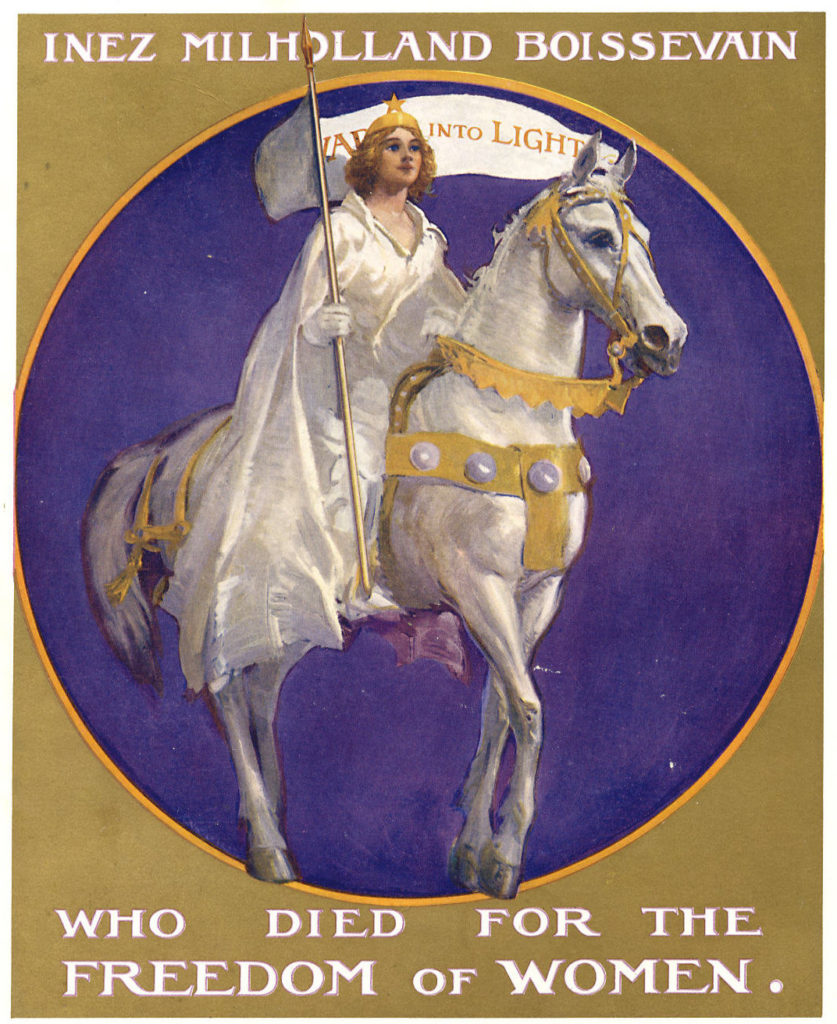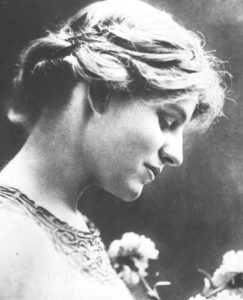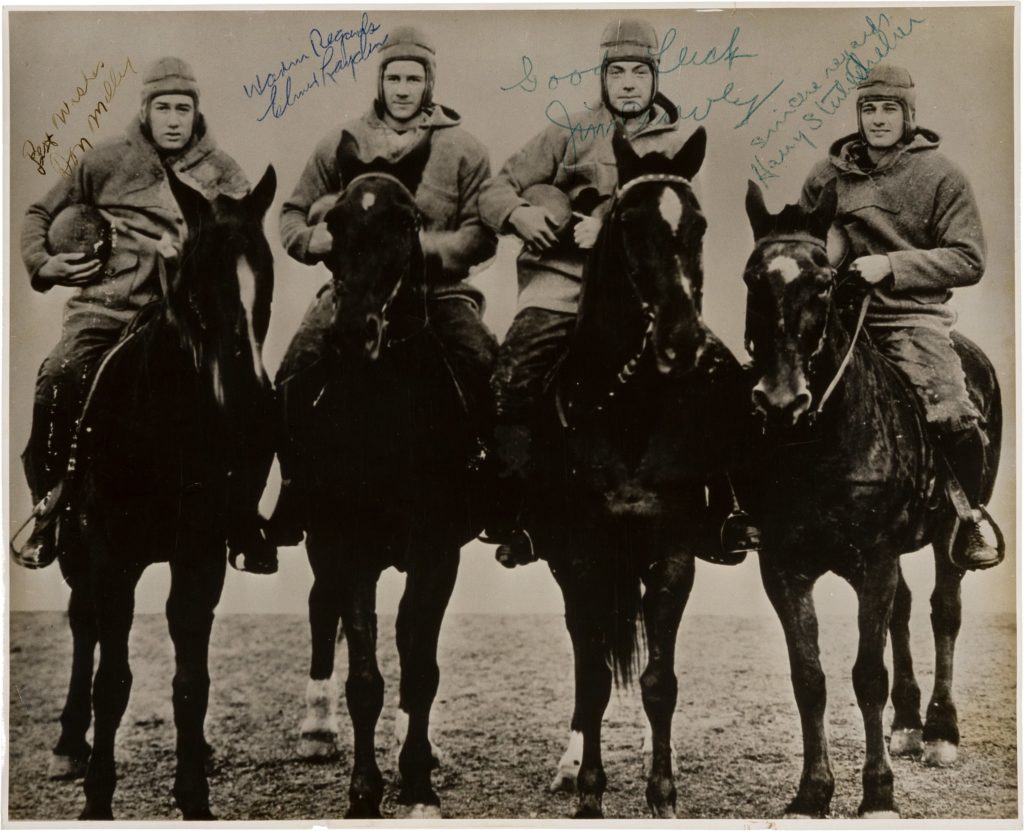
By Jim O’Neal
In 1941, Elmer Layden left Notre Dame to become the first commissioner of the NFL.
If that name sounds familiar, it is probably because he was one of the “Four Horsemen of Notre Dame.”
Layden’s teammates included Harry Stuhldreher, Don Miller and Jim Crowley. Coach Knute Rockne had devised the line-up in 1922, but it took the great sportswriter Grantland Rice to ensure their immortality after a 13-7 victory over Army in 1924.
Rice penned the most famous line in the history of sports journalism:
“Outlined against a blue, gray October sky, the Four Horsemen rode again.”
All four players were elected (easily) to the National Football Foundation College Football Hall of Fame.
●●●
There has been a debate about who had the worst temper in tennis … John McEnroe or Jimmy Conners.
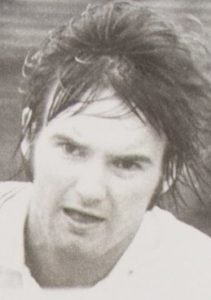
In 1986, Conners threw one of his famous tantrums in the fifth set of the semi-finals in the Lipton International Players Championships.
After a close call, he first stormed over to the umpire’s chair. No relief. Then, he began ranting and screaming while running around the court. Still no help. Finally, when it seemed clear that the call would stand, he took his racket, packed his gear and left the court.
The effect was a forfeit of the match to opponent Ivan Lendl, who had been quietly observing the antics. Later, Conner was fined $5,000.
●●●
In May 1955 at the Los Angeles Coliseum, Charlie Dumas high-jumped 6 feet 9½ inches and won the California State High School championship. In the process, he broke the all-time U.S. National Inter-Scholastic Record by 4½ inches. Don’t recall where I was … probably at the beach.
However, on June 29, 1956, I picked him up and we drove to the same Los Angeles Coliseum for the U.S. Olympic trials. Our tickets were not at the box office as promised, and we both had to pay a 25-cent admission.
It was worth it.
Not only did Charlie qualify, on his third and last jump, he set a new world record and became the first person in history to high jump the magical 7 feet.
He then won the Olympic gold medal at the 1956 Summer Games in Melbourne, and set another world record.
 Intelligent Collector blogger JIM O’NEAL is an avid collector and history buff. He is President and CEO of Frito-Lay International [retired] and earlier served as Chairman and CEO of PepsiCo Restaurants International [KFC Pizza Hut and Taco Bell].
Intelligent Collector blogger JIM O’NEAL is an avid collector and history buff. He is President and CEO of Frito-Lay International [retired] and earlier served as Chairman and CEO of PepsiCo Restaurants International [KFC Pizza Hut and Taco Bell].



